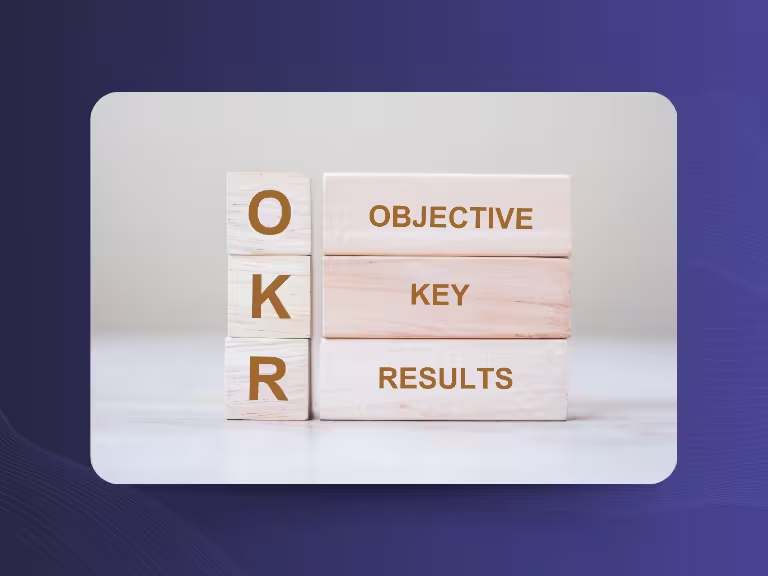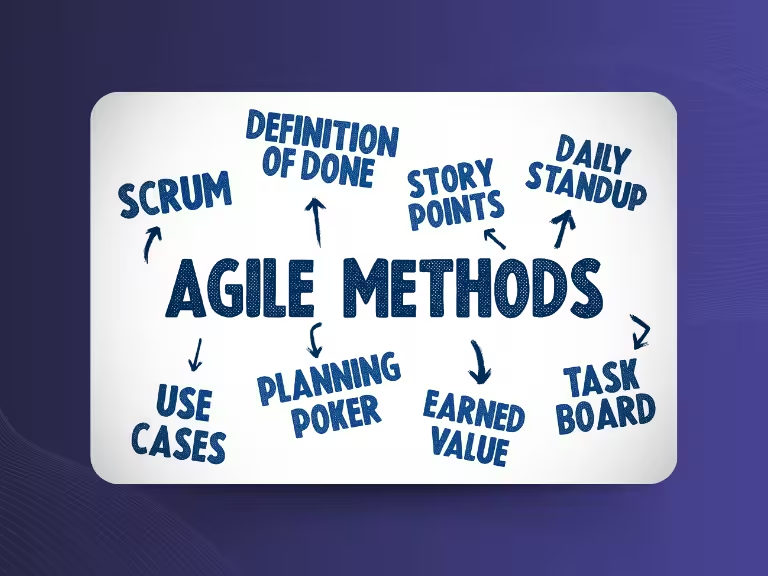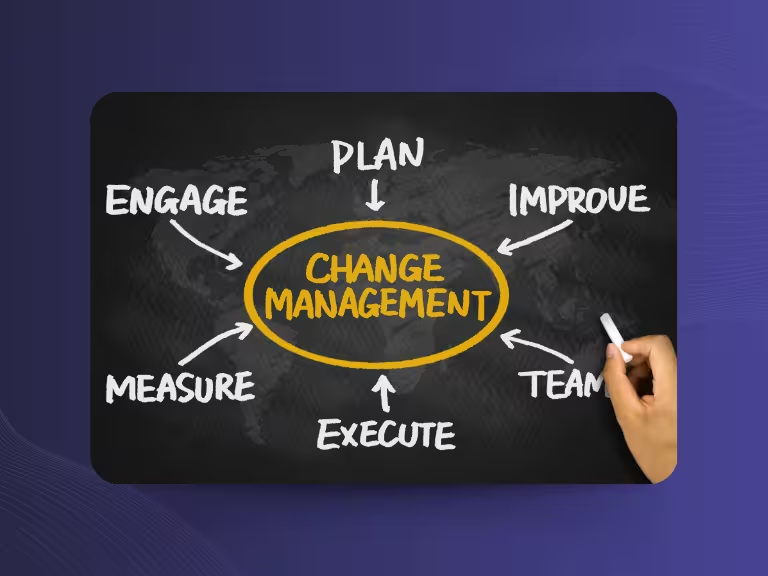Meetings are an indispensable part of modern work life – they are the place where ideas are born, decisions are made, and projects are advanced. Yet all too often, these discussions end without clear results, drag on endlessly, or leave important points unresolved. The cause often lies in unclear responsibilities and lack of structure. A well-thought-out
can solve these challenges and sustainably increase the efficiency of your meetings. In this article, you'll learn which roles are important in meetings, how to distribute them optimally, and why this strategy has become indispensable, especially in hybrid and virtual work environments.
Basic Roles in Meetings – Who Does What?
The Classic Roles at a Glance
A successful role distribution in meetings begins with knowledge of the classic roles that have proven themselves in practice. The moderator or organizer takes charge of the meeting and ensures that the agenda is followed. They guide discussions, moderate disagreements, and ensure that all important points are discussed. This role requires both assertiveness and empathy.
The note-taker documents all important results, decisions, and to-dos. This role is crucial for tracking agreements and maintaining transparency within the team. From a modern perspective, this task can be supported by tools like Sally, which automatically create transcriptions and summarize important content in a structured way.
The timekeeper keeps an eye on the clock and ensures that the meeting stays within the designated time frame. They warn in advance of time overruns and help focus discussions. As participants, all attendees contribute their expertise, ask questions, and make decisions. The questioner or critic takes on a special role by asking constructive questions and bringing different perspectives to enrich the discussion.
Additional Roles in Virtual and Hybrid Meetings
Digital transformation has created new roles in the meeting landscape. In virtual meetings, host and co-host take on important technical functions: they control screen sharing, manage participant rights, and can mute disruptive elements. These roles are firmly established in platforms like Zoom and Microsoft Teams and should be strategically assigned.
The digital facilitator is a relatively new role that is particularly valuable in complex virtual meetings. This person monitors the technical side of the meeting, assists with technical problems, and ensures that all participants are optimally engaged. The chat moderator keeps track of parallel discussions in the chat and integrates important contributions into the main discussion so that no one is overlooked.
Why Role Distribution in Meetings is Crucial
Efficiency Improvement and Goal Achievement
A clear meeting role distribution demonstrably reduces the duration of meetings and improves their outcomes. According to a Harvard Business Review study from 2023, structured meetings with defined roles can increase productivity by up to 25%. The reason is obvious: when everyone knows what they're responsible for, fewer misunderstandings and digressions occur.
Clear responsibilities promote targeted discussions and accelerate decision-making processes. Instead of everyone trying to handle everything simultaneously, each person focuses on their task. The moderator can concentrate fully on leading the conversation, while the note-taker captures important points and the timekeeper ensures punctuality.
Improving Collaboration and Accountability Culture
Transparency creates trust – this principle also applies to meetings. When all participants know who is taking on which role, clarity and security emerge. Role rotation is particularly valuable: when team members regularly take on different roles, they develop a better understanding of their colleagues' challenges and acquire new competencies.
Regular feedback rounds on role distribution create a continuous improvement culture. Teams can collectively reflect on which roles have worked well and where adjustments are needed. This reflection sustainably strengthens responsibility awareness and team dynamics.
Designing Role Distribution Flexibly – Adapting to Meeting Types and Team Culture
Meeting Types and the Appropriate Role Profiles
Not every meeting requires the same role distribution. In brainstorming meetings, the focus is on creativity and idea development. Here, idea generators and an attentive timekeeper are particularly important, while note-taking should be more documentary than structuring. Moderation should be restrained and allow space for free thought development.
In decision meetings, on the other hand, precise moderation and detailed note-taking are crucial. The moderator must present different viewpoints in a structured way and lead to clear decisions. The note-taker documents not only results but also the lines of argument that led to the decisions.
Hybrid meetings require extended roles as they must manage the complexity of communication between physically present and remotely connected participants. Here, technical support and attentive chat moderation are indispensable.
Cultural Influences on Role Perception and Execution
The perception and execution of meeting roles varies greatly between different cultures. In hierarchy-free cultures like Scandinavian ones, a more flexible approach to moderation and criticism is common – here the moderator role can rotate or multiple people can moderate with equal authority.
In hierarchically oriented cultures, the moderation role is often automatically assigned to the highest-ranking person. International teams therefore require special sensitivity in role distribution. Openness to feedback and role flexibility are particularly important in intercultural contexts to involve all team members and overcome cultural barriers.
Practical Tips for Successfully Implementing Role Distribution
Preparation and Clear Communication
The success of meeting role distribution begins long before the actual meeting. Already in the invitation, you should clearly define and communicate the roles. Use the technical capabilities of your meeting platform strategically: assign host and co-host roles in Zoom or Microsoft Teams purposefully to minimize technical problems.
Role rotation is a powerful tool for promoting versatility and engagement. Consciously plan who takes on which role when, and ensure that each team member regularly gains new experiences. This not only promotes competency development but also prevents individual people from getting "stuck" in certain roles.
Continuous Reflection and Optimization
Implementing successful role distribution is an ongoing process. Introduce regular feedback rounds where you collectively reflect on how the roles have functioned and where improvements are possible. This reflection should encompass both role distribution and general meeting processes.
Modern tools can significantly support this process. Sally, for example, automates note-taking and can ensure through its workflow integration that agreed-upon to-dos are seamlessly transferred to the appropriate project management tools. This relieves the note-taker and ensures seamless tracking of results.
Adapting role distribution to new requirements and hybrid work forms is a continuous learning process. Be ready to experimentally try new roles and modify existing roles when your team's working methods change.
Conclusion
A well-thought-out role distribution in meetings is the key to efficient and goal-oriented discussions. The combination of classic roles like moderator, note-taker, and timekeeper with new digital roles like host, digital facilitator, and chat moderator creates the foundation for successful meetings in the modern work world.
Flexibility is particularly important: different meeting types require different role profiles, and cultural differences must be considered in role distribution. Hybrid work forms bring new challenges that require specific adaptations and increased sensitivity.
Continuous feedback and role rotation sustainably strengthen responsibility awareness and team dynamics. With clear role distribution – supported by modern tools like Sally – your meetings become measurably more productive and structured. The effort required to introduce systematic role distribution quickly pays off through more efficient meetings, clearer results, and better team collaboration.

Test Meeting Transcription now!
We'll help you set everything up - just contact us via the form.
Test NowOr: Arrange a Demo Appointment




